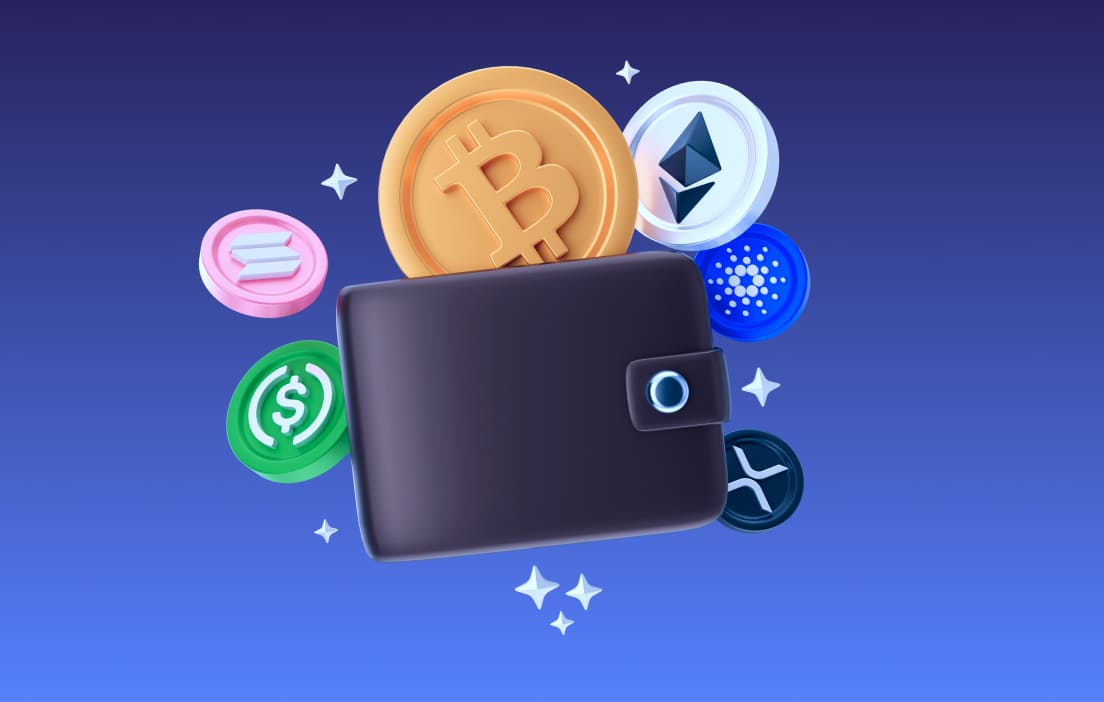Best Cold Wallet for Securing Digital Assets the Right Way

The rapid growth of digital assets has created exciting opportunities but also new responsibilities. Unlike cash in a bank or gold in a safe, these assets exist only digitally and require specialized protection. Many people begin by using online wallets or exchanges, but those options carry risks. Hackers target exchanges, phishing scams trick users, and online storage leaves assets vulnerable. That’s why many investors rely on cold storage. The question then becomes: how do you identify the best cold wallet for your needs?
Why the Best Cold Wallet Matters
At the heart of any digital wallet lies the private key. Think of it as the password that proves ownership. If someone else gains access to it, your funds are gone with no chance of recovery. Exchanges, while convenient, require you to trust them with custody. History has shown that breaches and shutdowns can wipe out holdings overnight.
The best cold wallet gives you control by keeping your private keys offline. Because it never connects to the internet, it shields your assets from remote attacks. For long-term holders, this layer of protection is not optional—it is essential.
How Cold Wallets Work
Cold wallets are designed around one simple principle: keep private keys offline. Here’s the general process:
- Key Creation: When setting up, the wallet generates your private keys offline.
- Transaction Preparation: You build a transaction on a device that can connect online.
- Signing: The offline wallet signs the transaction using your private keys, without exposing them.
- Broadcasting: The signed transaction is then broadcast to the blockchain by your connected device.
At no point do your private keys leave the cold wallet. That separation makes cold wallets so secure compared to hot storage.
Key Features of the Best Cold Wallet
Not all wallets are equal. To deserve the title of best cold wallet, a device or method should deliver a combination of usability and security:
- Robust Security: Hardware encryption, PIN protection, and in some cases, biometric safeguards.
- Ease of Use: An intuitive interface that avoids confusion during setup or transactions.
- Backup Options: Clear recovery systems, such as seed phrases, in case the wallet is lost or damaged.
- Asset Support: Compatibility with a wide range of tokens.
- Durability: A build quality strong enough to protect against time and accidents.
The balance of these features helps ensure both beginners and experienced users can manage their assets confidently.
Leading Options in 2025
The market now offers several popular contenders. Devices from companies like Ledger and Trezor continue to lead, offering versatile support and trusted security. Keystone wallets emphasize air-gapped safety, while Grid+ integrates advanced features with sleek design.
Each option has unique strengths. Some focus on supporting hundreds of assets, while others prioritize transparency and open-source design. The best cold wallet for you will depend on whether you want maximum simplicity, advanced functions, or wide compatibility.
What Happens Without Cold Storage
Some investors skip cold wallets, but that choice can come with serious risks. Consider the dangers:
- Exchange Breaches: Centralized platforms remain high-value targets for hackers.
- Phishing: Online wallets are exposed to malware or fake websites.
- Third-Party Custody: When you leave your assets with someone else, you give up true ownership.
A best cold wallet removes these risks by ensuring only you hold the keys to your digital wealth.
Balancing Security and Convenience
One reason some hesitate to use cold wallets is the extra step they require. Sending assets through an offline wallet takes slightly longer than moving them within an app or exchange. But security is worth the effort, especially when holding large sums.
Modern wallets are addressing this gap. Many now offer mobile apps, Bluetooth features, or QR-based transaction signing. The best cold wallet blends strong security with streamlined usability, making protection easier without sacrificing peace of mind.
Choosing the Best Cold Wallet for Your Needs
When selecting a wallet, the best choice depends on your personal strategy. Ask yourself:
- Do you plan to store many different assets or just a few major ones?
- Do you value portability, or will your wallet remain in one place?
- Do you prefer simplicity or advanced customization?
By answering these questions, you can identify which device truly counts as the best cold wallet for your goals.
The Future of Cold Wallets
The landscape of cold storage is evolving. Devices today incorporate secure chips, biometric authentication, and even multi-signature options. As adoption grows, companies are refining designs to be friendlier for new users while keeping advanced features available for experienced ones.
Tomorrow’s best cold wallet will likely feel seamless, combining ease of use with state-of-the-art defense. This innovation makes it easier for investors of all levels to protect their assets without a steep learning curve.
Conclusion
Owning digital assets requires responsibility. Exchanges and online wallets may be convenient, but they leave investors exposed to risks beyond their control. Cold wallets solve this by keeping private keys offline and in your hands.
The best cold wallet is not necessarily the most expensive or complex device—it’s the one that fits your needs while providing reliable, long-term security. By adopting one, you not only protect your investments but also embrace the core principle of self-custody: true ownership of your wealth.
As the digital world grows, this principle remains timeless. The best cold wallet keeps your assets safe, ensuring your future remains in your control.


